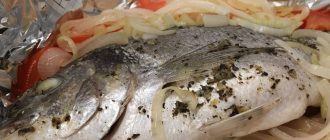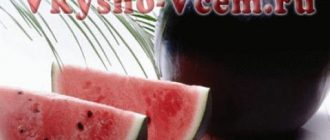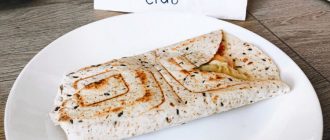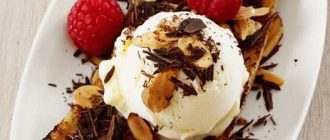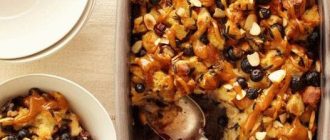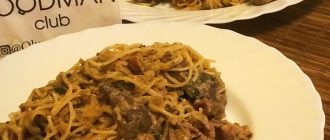
In the northwestern part of Russia is the Republic of Karelia. It is famous for having a large number of lakes on its territory. Residents of Karelia are mainly represented by Russians, Karelians and Finns.
This region is famous for a large flow of tourists. Attraction for them are beautiful lakes and islands, who conquer with their splendor. Among them should be highlighted Balaam and Kizhi. The first island is famous for being located on its lands of the Valaam monastery, and the second – has many wooden monuments.
Also, tourists are attracted by the famous Karelian cuisine, which beckons with its variety and unique taste.
Fish dishes
Due to such an abundance of lakes, Karelia has a great variety freshwater fish. We learned how to cook it in a variety of ways. On the table, fish dishes were served in baked, salted, dried, pickled and fresh.
The catch was sorted and stored in special pits and wooden barrels. The fish was covered from above with a torch and heavy stone cargo, which eventually gave a brine. He covered the fish that provided her in his own juice.
The northern side of Karelia used a different type of cooking, which was called fish “with a choke”. The inhabitants of the north often consumed raw fish. South Karelians preferred soak the fish in water, and then cook it with spices.

The small fish was dried, it was called the creature. After that, from her it was possible to make an ear that turned out to be strong, saturated tasteful. Fish oil has also been consumed as it is a source of many fat-soluble vitamins and minerals that beneficial effect on immunity. Get fish oil by traces of the internal organs of perch and bream.
Karelians have no waste of fish, even the bones went to making flour. She was a nutritious raw material for home livestock, which significantly saved feed costs. Sometimes fish flour was added to the ear to make the soup appear thicker and more saturated. Fish scales also found their application – they were added to
Time for preparing
jellied meat.
Caviar was mainly for sale and brought a lot of income. The rest of the variety, which was of no value, was for eating hot or cold. Karelians even baked pancakes from caviar.
Cooking fish soup
The number one dish has always been fish soup called ear. To prepare this dish, a slave of the family is used whitefish. Some housewives added milk to the soup, as well as very tasty is considered to be an ear made from pickled fish. TO Unfortunately, this kind of soup can only be prepared in rural setting, since a recipe for a successful fish soup requires 4-5 minutes before cooking, pass it through birch charcoal. Such the approach makes the ear tastier, because coal takes an unpleasant smell and bitterness. For urban residents, the extraction of birch coal is challenging task.

In addition, it’s customary to add chicken eggs to a traditional ear, which makes it more cloudy, and the broth is saturated. It is this and different fish soup from Karelia from Russian soup.
In addition to the above, moss, rye can be added to the ear flour, dried fish, buds of birch and pine.
Fish pies
The second dishes include the so-called fish pies. They made from rye dough that has no taste (unleavened), and baked in Russian ovens. Moreover, the slave was added to the cake together with the scales. For such a dish, the characteristic form is rectangular. But, for example, cereal pies had a crescent form. This is explained by the fact that the sickle was a symbol of the peasant labor.
As for cereals, they are an integral part of the dining the table. The diet of a resident of Karelia cannot do without it side dish: they eat oat, barley, wheat, pearl barley and pea porridge.
A few words should be said about the Russian stove, which plays a large role in the preparation of Karelian dishes. Along with her the appearance of Karelian houses in the kitchen, the technology in cooking. The Russian oven was suitable for baking, carcasses and cooking Karelian food. By the way, in the vocabulary of the inhabitants of this region there is no word “fry” at all, and the pies were called boiled in oil.

Other dishes of Karelia
As for the first courses, in addition to fish soup, Karelians also prepared other varieties of soups or cabbage soup. The main component for cabbage soup is cabbage, and in any form: pickled or fresh. Besides of this, other vegetables were present in the soup: turnips, onions and potatoes. For greater density barley grits were added. Such cabbage soup is everyday food of the Karelians, which is used as lunch and dinner. For more satiety, many housewives put meat products.
Another variety of soup is potato. The main its component was potato and sour cream. Sometimes dried mushrooms and onions.
Meat products
Previously, meat in the diet of Karelians was infrequent, and then often they were wild varieties (wild boar, venison and moose). Already later, when the inhabitants of Karelia began to acquire livestock, in Beef, pork and lamb appeared in the diet. This the product was mainly consumed in the winter season. For more long-term storage of carcasses, it was salted and dried. People who wandered, took such meat with them on the road.

Vegetables on the Karelian table
The main root crop of Karelia is not potatoes at all, but turnip. She goes to cook many dishes. It could be soups from turnips, cereals, casseroles; make kvass, compote from it and even eat in dried form.
Soon, potatoes replaced the turnips (at the beginning of the 20th century). Besides of these two products in the diet of Karelians there are other vegetables: onions, cabbage, carrots, radish and rutabaga.
Milk products
Milk is very appreciated in Karelia. Among dairy products the most favorite is cottage cheese. Karelians made cottage cheese on their own, and for stocks for the winter they made home-made cheese. He was fit for a satisfying dinner with boiled potatoes and sour cream.
On the Karelian table there was also yogurt, which was mixed with whole milk. Since 1930, the application has become famous goat milk. Colostrum was also consumed. baked in Russian ovens and got something like cheese.
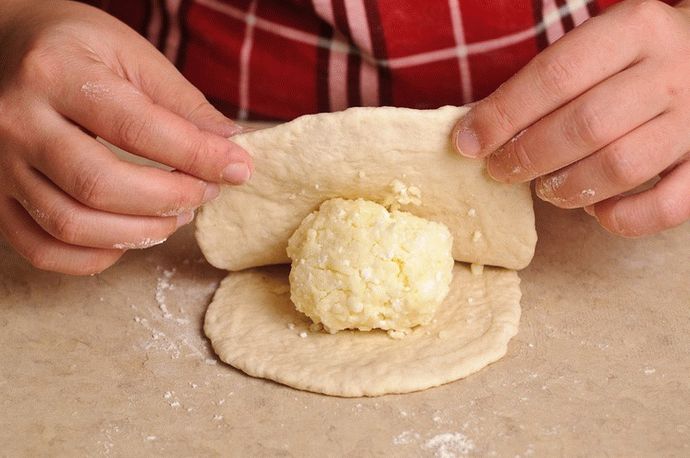
Deer milk is not widespread among residents Karelia. This product was not eaten, although it was bred a noble animal in the north.
Butter was also made by Karelians. Used it when cooking porridge and added to mashed potatoes. Interesting know that butter is not smeared on bread at all, how do it Russians.
Baking bread
Karelian bread is baked from different varieties of flour: barley, oat, rye and barley. In the old days, when there was flour not enough, the Karelians managed and added straw, moss and pine shavings. In addition to bread, pies were often baked in Karelia – gates. They had a filling made from crushed potatoes, wheat and barley porridge and so on. Among locals even there was a saying that claimed that the gate required the presence of eight ingredients: water, salt, flour, yogurt, milk, butter and sour cream. The eighth component was the filling itself.
The abundance of dishes of Karelian cuisine does not include confectionery and fruit sweets. If the Karelians wanted feast on dessert, then they baked pies with berry filling: blueberries, strawberries, cranberries, etc. As for blueberries, its almost never collected, as it was believed cause headaches.
The most favorite dish for residents of Karelia is milk and fresh berries that replace all sweets.
Karelian drink
Kvass is considered a traditional drink of Karelia. It is not made only from bread, turnip or malt. In addition, there is always tea in the Karelian kitchen, as well as decoctions of herbs that are used as a therapeutic agent.
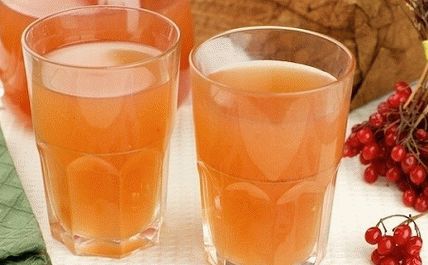
Among alcoholic beverages, the famous beer should be highlighted. Karelia. However, the traditional brewing recipe was lost. On Karelian holiday table can be found vodka and wine, but they are not prepare independently. This alcohol is borrowed from Russian and Finnish cuisines.
Dishes for celebrations
During the celebration of any special occasions, Karelians always prepared ritual dishes. For example, birthdays, weddings were always accompanied by a ritual of drinking oatmeal jelly. It has long been a custom when a drink is served to the husband after weddings, when the newlyweds spent the first night together. Important was where he would start drinking jelly: if from the edge of the dishes, then night went well, but if from the middle – then the spouse was no longer a virgin. In those days, it was considered a shame for the whole family. from the wife.
Oatmeal jelly was obligatory on the Karelian table and at woeful event – wake. But at the funeral preference It was given to bread kvass. It is interesting to know that the drink was in a large dish that was common to all. People slurped kvass spoons.

In addition to oatmeal kissel at the funeral service, they drank and rye, but on Today, traditions have changed somewhat. Currently commemorate the dead with jelly from different berries.
In addition, the main treat was the kulaga, which was prepared from germinated varieties of rye or wheat. Malt was thrown into boiling water. cereals, and after cooking – ate. Moreover, the dish should be hot. Kulag can be consumed with bread.
The rite was also the baking of cakes from cottage cheese on Peter’s Day, and for the wires of the past summer, blueberry pies were baked.

